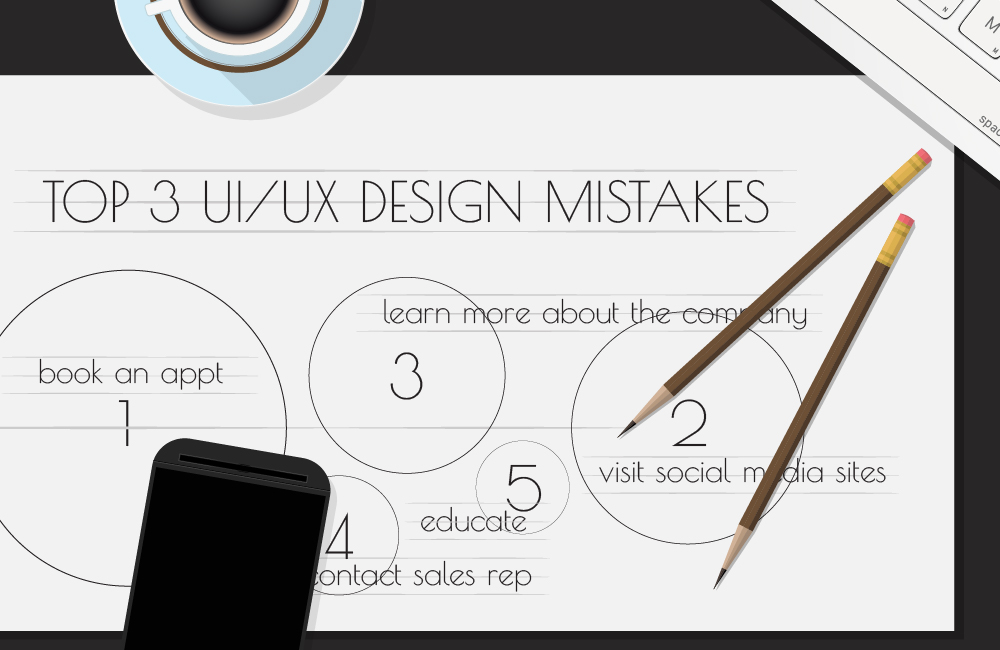
What’s brilliant about User Experience (UX) designers is they are problem solvers at heart, and what makes UX designers unique is they take a user-centered approach to problem-solving. Let's apply this user-centered approach to elevate the way your targeted audience (your organizations' leadership) views your UX team.
The 3-step approach:
- Take a user-centered approach by deeply understanding your targeted audience
- Teach your team more effective communication skills
- Apply those communication skills in general and specific ways to your targeted audience
Your targeted audience
As a team identify your internal users. In this case, it will be executives from C level to individual product owners. The sales executive will have a different profile than an operations executive. Tailor communication strategies based on these profiles. For example. A sales executive in a SAAS organization will find well formed case studies an invaluable resource, potentially something they would use in front of prospective customers sharing how we design based on a user-first approach. An operations executive will care more about how fast we are able to go market with improvements or a new feature.
Develop the skills needed in your team to communicate in the most effective way
A unique approach to understanding your team’s strengths and weaknesses is to view your team as the organization views you. I learned early on in my career that successfully completing work tasks is only part of the equation. The other part is perception. Although you have the requisite skills on your team to create user stories, build useful journey maps, and test users in the most effective way, does your organization know that you are subject-matter experts (SME)? Do they know that you have team members that are highly respected in the industry? I have built the case for why communication is a critical part of how your team is perceived, now let’s talk about how to improve this skill.
- Teach EACH individual on your team how to develop their unique brand. The objective is simple. Improve the way your team communicates about projects they are working on, sharing their design approach, etc.
- Establish a passive way to share information about your individual team members and collective team within your organization. This must not be technical, but rather tell stories. Highlight team members such as highlighting a recent publication they were featured in. Take the time to build case studies intended for internal consumption.
Control the narrative
Now that we will improve the way we communicate with your internal users by helping each individual team member improve their communication skills along with a deeper understanding of our internal users by developing different profiles, let’s talk about HOW we will share this information. I will provide general communication technique then I will dive into some methods based on a user profile.
In general:
- Use clear and simple words. Don't distract your audience with information that may block them from hearing what you are saying. Avoid using industry terms they may not be familiar with. We are not trying to teach them our process, simple to share information that is valuable to them. This requires you are clear in what you want to share, and aren't introducing information that detracts.
- Tell stories As designers, our work lends itself to great story telling. Our process of identifying an issue, presenting alternative answers to the problem, determining which solution is best, and lastly sharing the improvements made is a great story!
- Have a collective area where users can access more in-depth information if they like, but not directly shared such a s a wiki page.
- Create excitement around your work about the work your team is doing moving the software forward
Specific approach based on a user profile:
- Once you have defined each user profile, communicate to that narrative in every way possible. This could be a conversation around the water cooler, or sharing a specific case studies that you deem important to share. This isn’t intended to limit communication, only directing the conversation to what will bring the most value.
- Avoid sharing information that isn’t relevant to a specific user. Your audience has a limited amount of bandwidth. Let's make the most of that time.
Conclusion
It is equally important that your UX team completes work related tasks in the best way, but also how you share who your team is, and how we go about our work. This communication to your organization needs to be concise and relevant to your audience. How do you make that happen? Develop communication skills on your team, and develop a better method of sharing your information based on who is listening. This is done by creating internal user profiles and focusing the conversation in a way that brings the most value to your targeted audience. Sound familiar UX designers? Of course it does. Understanding our users is a mantra we use daily to build user interfaces based on a deep understanding of our audience. Let’s make our communication to our internal users, as effective as our designs are to the folks that use our application designs.


